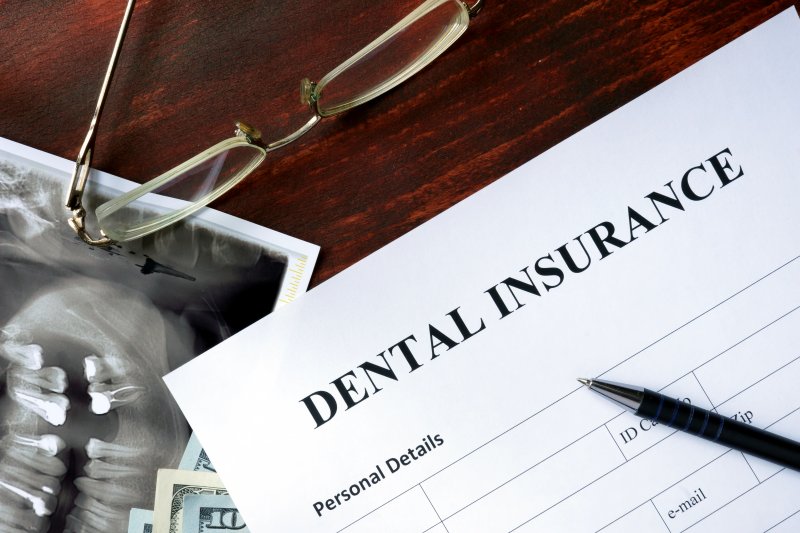
According to the National Association of Dental Plans, approximately 77 million Americans have dental benefits, and most of them have private coverage through an employer or group program. However, since it’s so different from medical insurance, dental benefits aren’t always the easiest topic to navigate. Continue reading to learn about the different types of plans out there, what they cover, and other things you should know.
What Types of Plans Are Available?
There are a few different plans out there to choose from. Here are some of the most common ones that are out there:
- Dental Health Maintenance Organization (DHMO): With this type of dental insurance plan, your insurance company gives you a list of dentists that will accept your plan for a set co-pay or no fee. However, you will be unable to receive any coverage if you see a dental provider that’s not on this list of in-network dentists.
- Preferred Provider Organization (PPO): A PPO plan gives you’re the option to choose whatever dental provider that you like. You will still have a list of dentists who are in-network with your insurance company, but you can choose one that is out-of-network too. However, if you do this, you are more likely to end up with higher out-of-pocket costs.
- Discount Dental Plan: This plan allows you to get discounts on dental services from a select group of dentists. None of your care is covered, but participating dentists will give you a discount.
What Does Dental Insurance Cover?
Most dental insurance plans follow a 100-80-50 coverage structure. This means they cover the following:
- 100% of Preventive Care: This includes regular cleanings, checkups, routine x-rays, and more.
- 80% of Basic Procedures: Basic procedures are fillings, periodontal scaling, and other non-invasive procedures.
- 50% of Major Procedures: Things like root canals, dental implants, crowns, and orthodontic treatment often fall into this category.
What Terms Should You Know?
- Deductible: This is amount that you pay every year out-of-pocket before your insurance begins to cover treatment costs. This doesn’t usually apply to diagnostic and preventive treatments.
- Maximum: This is the most money that your plan will cover within one benefit period. The remaining costs will be left to you.
- Coinsurance: If you have a fee-for-service plan, this will pay a predetermined percentage of the cost of your treatments and leave you responsible for paying the remaining amount. This part of your out-of-pocket cost is known as “coinsurance.”
- Dual Coverage: For patients who have benefits from multiple plans, this is called “dual coverage.” However, the total amount paid cannot exceed 100% of dental expenses.
- Copayment: If you have a closed network, prepaid, fixed copayment plan, you will pay a set dollar amount for covered services instead of a percentage.
Your benefits are likely to reset at the end of the calendar year, so you will miss out on any unused benefits, and they will not carry over to next year. If you need dental treatment, now would be a great time to head to the dental office. This way, you don’t need to worry about your deductible until a later time. Utilize your 2021 benefits now!
About the Author
Dr. Rachit Goyal earned his dental doctorate from the Nova Southeastern University College of Dental Medicine. He also attended advanced courses in Invisalign. Currently, he is a proud member of the American Dental Association, Illinois Dental Society, Academy of General Dentistry, and SPEAR Education. His practice is in-network with numerous popular dental insurance plans. For more information or to schedule an appointment at his office in Denver, visit his website or call (720) 640-0272.
